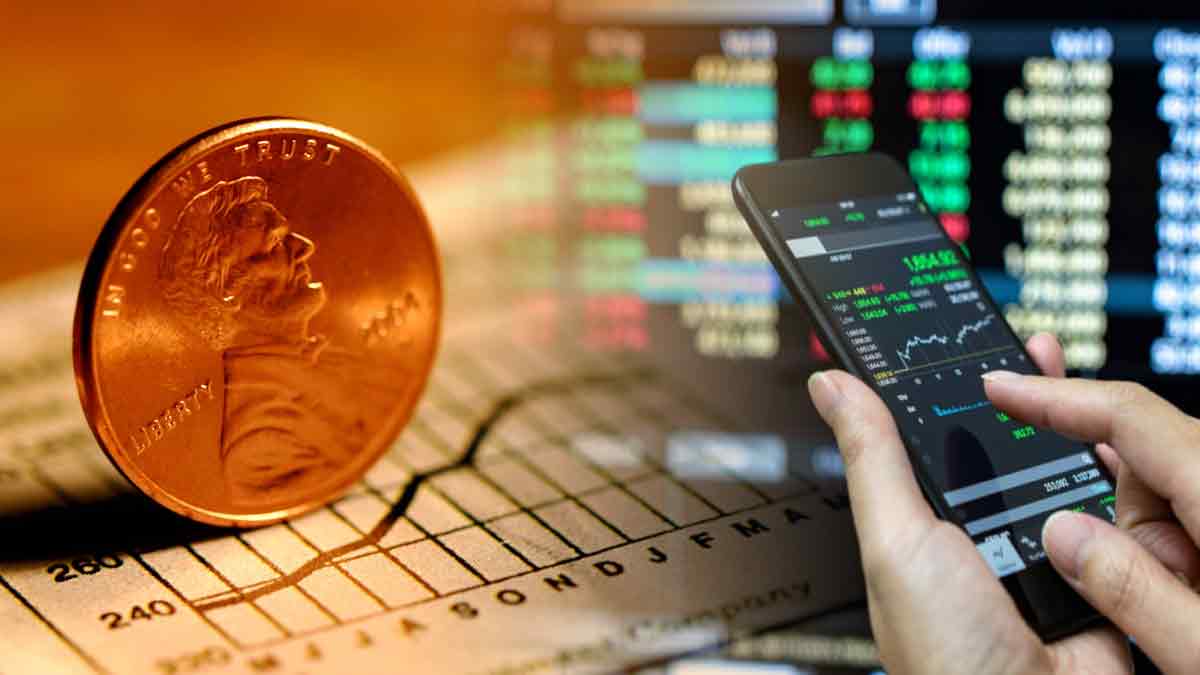The worlds of finance and economics are an endless maze of terms concepts, jargon, and terms that leave many confused. Two of the most important elements are the primary and secondary markets, which play distinct yet interdependent roles in the journey of securities (stock bonds, stocks, etc.). This article will help you understand these two stages. It provides insight into the way businesses raise capital and how investors navigate the market.
The Primary Market
Imagine a company with grand goals for growth, but whose cash flow is limited. This is where the primary market is able to play its role, serving as a way for businesses to raise funds by issuing new securities. This process can be associated with the initial public offerings (IPO) when a company goes public for first time. Investors can purchase a stake in the future of a company in an IPO.
However, the primary market does not only apply to IPOs. Businesses may also raise capital via other offerings, such as issuing new shares or bonds directly to institutional investors or through seasoned equity offerings (selling additional shares after the IPO). Whatever the offer, the market is a crucial one for businesses looking to boost their expansion plans.
The Trading Floor: Secondary Market
What happens next? This is when the lively secondary market comes into play. Think of it as a stock market, where investors are able to trade in securities that have already been issued. The secondary markets facilitates the buying and selling of existing securities.

Liquidity is one of the main benefits of the secondary market for investors. Liquidity describes the ease at that an investment could be purchased or traded. If a company puts its securities on a secondary market (like the NYSE or NASDAQ) this allows investors to readily move their investments into and out of offering flexibility and greater returns.
The Circle of Securities – from IPO to Everyday Trade
Think about the lifecycle of that a security goes through. A company’s first offer of shares (primary markets) establishes the foundation for trading in the second market. Once listed, these shares are able to be purchased and sold by investors, driving price fluctuations depending on demand and supply. The continuous buying and selling of shares on the secondary market is crucial to the process of price discovery. It reflects the value of a business over time.
Why should Investors care? Understanding Both Markets
Investors need to understand the differences between the primary market and secondary. The primary market allows investors to make investments in companies that are just starting out, and could reap large returns if they succeed. However, IPOs can be volatile and pose greater risk for investors.
The secondary market, on the other hand offers a wider selection of investment options, which allows investors to buy and sell existing securities in accordance with their research and market analysis. The secondary market has more liquidity but may not have the same explosive growth potential as certain primary market offerings.
Investing: Choosing Your Market Entry Point
The decision between primary market and secondary markets is contingent on the individual’s investment objectives and risk tolerance. Investors who are looking for high growth potential should look at carefully reviewed IPOs and those who prefer stability and liquidity might find established companies traded in the secondary market more attractive.
The continuous Cycle of Finance Growth and Market Dynamics
The primary and secondary markets work hand-in-hand to fuel the engine of the stock market. Companies raise capital to fund growth on the primary market and investors sell their securities on secondary markets, creating a dynamic environment which affects not just the performance of specific businesses but also the general economic health.
In Conclusion: Demystifying the two Stages
Investors can better navigate the complexities of finance if they understand the differences between the primary and secondary markets. This information can help you make better decisions regarding your investments and achieve your financial objectives, whether you are attracted to the excitement of IPOs or the more established market.